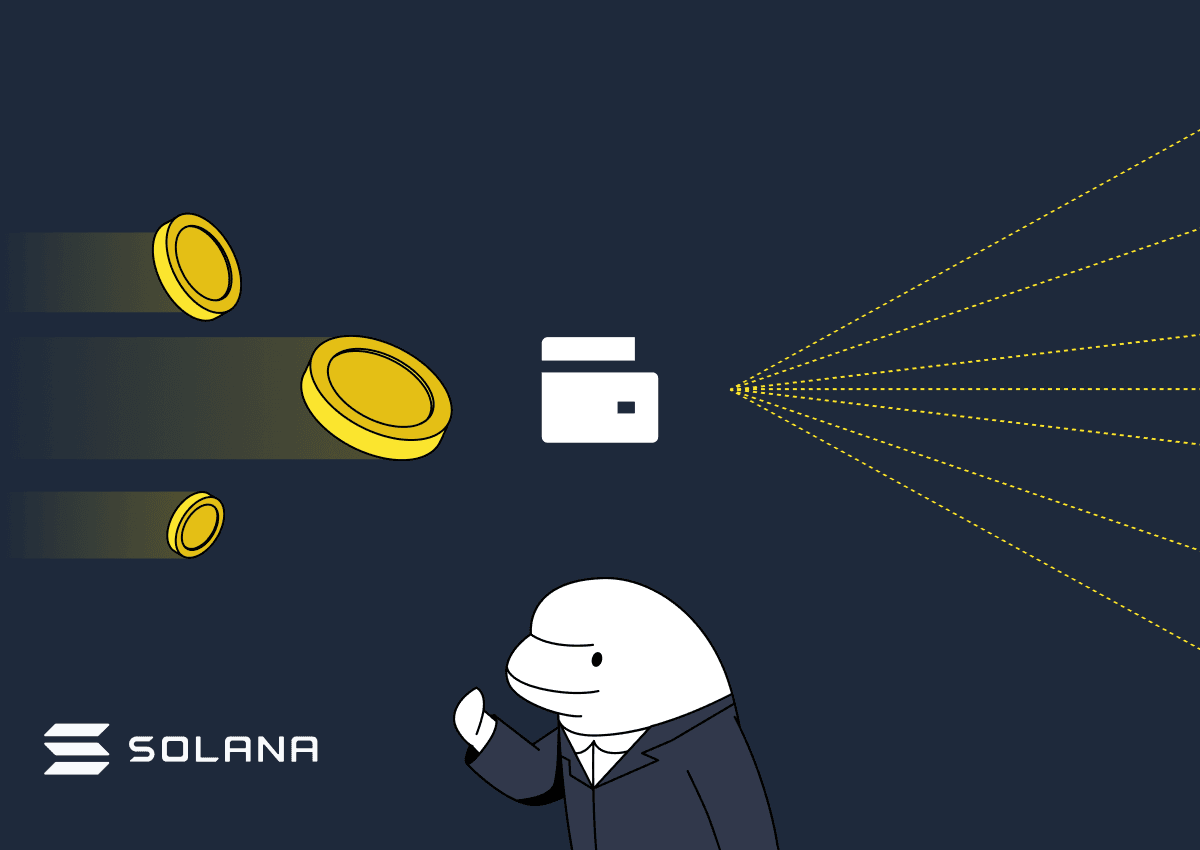Introducing the Solana Saga: An Honest Review
By Jason Anders Updated October 31, 2024

Summary
- Solana's Saga smartphone, built by Bay Area company OSOM, successfully integrates web3 capabilities with a traditional Android smartphone experience
- The device includes a hardware wallet, known as the Seed Vault, that securely stores a wallet's seed phrase, and offers a repository for decentralized apps
- It runs on a Qualcomm Snapdragon 8+ Gen1 processor with 12GB of RAM, adequately supporting demanding applications and games
- The Saga is positioned as an important milestone in the integration of blockchain technology into everyday devices, especially with the advent of new web3 apps
Summary
- Solana's Saga smartphone, built by Bay Area company OSOM, successfully integrates web3 capabilities with a traditional Android smartphone experience
- The device includes a hardware wallet, known as the Seed Vault, that securely stores a wallet's seed phrase, and offers a repository for decentralized apps
- It runs on a Qualcomm Snapdragon 8+ Gen1 processor with 12GB of RAM, adequately supporting demanding applications and games
- The Saga is positioned as an important milestone in the integration of blockchain technology into everyday devices, especially with the advent of new web3 apps
Solana’s Saga phone is actually solid. Even without the Solana brand or the bells and whistles that come with it, this phone would be acceptable by any standards. The hardware is built by Bay Area smartphone company OSOM, which was founded in 2020.
In today's age, a well built phone for this price is worth the shekels. But this cellular device is so much more.
A Web3 Phone
Solana Labs' much-anticipated foray into the world of web3 smartphones has materialized in the form of the Saga model.

Solana Labs' ambitious endeavor to seamlessly integrate web3 capabilities with a conventional smartphone experience seemed like a long shot, but after playing with it for a week, they seemed to have pulled it off. The Saga's performance appears to straddle the line between the contemporary attributes of a web2 device and the innovative web3 integrations it champions.
A Synthesis of Sophistication
The evaluation of a smartphone should mainly involve its daily use cases. What’s the point of all the extras if the phone itself won’t work as a daily driver? The Solana Saga successfully meets this criterion.
Manifesting itself as a premium Android flagship, the device boasts an understated yet refined design, featuring robust materials and an extensive range of functionalities catering to communication, connectivity and entertainment needs. If this phone were separated from its web3 elements, the Saga would still stand out as an accomplished Android device.
The things users do most on a daily basis, like watching YouTube, scrolling social media, texting and calls worked extremely well. Surprisingly well. The Android UI takes a bit to get used to coming from an Apple device. But after a day of fiddling with it, the Saga became intuitive and friendly.
Exterior Design and Physical Specifications
The Saga, upon cursory observation, may not possess the distinctiveness of recent counterparts like an iPhone. However, subtle design elements definitely contribute to its distinctiveness. This includes the metallic green side buttons and the triangular titanium camera module on the rear.

The presence of a stainless steel frame and a ceramic rear panel further accentuates the device's overall appeal. It is important to note that the matte black rear finish, while elegant, is prone to smudges and fingerprints. But as with most smartphones, this is something easily solved with a case.
Performance and Processing Capabilities
The Saga demonstrates its prowess through a Qualcomm Snapdragon 8+ Gen1 processor, paired with a commendable 12GB of RAM. This combination equips the device to handle demanding applications and games.
While the performance offered by the Saga is impressive, it is essential to acknowledge that it employs a Gen1 chip. This sets it apart from devices like the Galaxy S23 that incorporate a Gen2 chip, showcasing enhanced performance metrics in benchmark assessments.
What does this mean in layman's terms? It means that the Saga could struggle with the deluge of mobile games that are incoming. Yet for the everyday user, it’s highly doubtful this will be a problem.
Imaging Capabilities
The Saga’s dual-camera configuration boasts a 50-megapixel primary camera and a 12MP ultrawide counterpart. This aptly caters to routine photography needs.

The Saga excels in capturing vivid details and vibrant colors, proficiently meeting the requirements of casual photos However, when juxtaposed with the iPhone 14 Pro Max it falls short. It's hard to beat Apple's color science at this point, but again, that probably isn't the reason to get this phone.
The Vault

The foundation of the Saga's web3 integration centers on the Seed Vault. It's a crypto custody solution that safeguards a wallet's seed phrase within a secure enclave on the device. This protective environment even restricts access from the Android operating system itself. The association with a unique biometric signature is established through the rear fingerprint sensor.
This innovation is complemented by an exclusive repository for decentralized applications (dapps). Though currently housing slightly over a dozen dapps, it offers a more seamless and user-friendly experience compared to conventional web apps. By utilizing a wallet application such as Phantom or Solflare, executing Solana network transactions becomes as simple as a sensor touch, combined with screen interactions and intermittent PIN inputs for added security.
Wrapping up
The Saga marks an important step in the evolution of web3 tech. With its native custody solution, Seed Vault, and user-friendly dapp store, the phone offers a glimpse into the potential future of blockchain integration into daily devices.
While the Saga's current state may resemble a web2 device with added web3 features, its innovative approach holds promise for the growing Web3 ecosystem. New apps like Backpack for xNFTs are going mobile friendly soon, and the announcement that Visa is using Solana rails is sure to have an impact on mobile first dapps as well as the Saga itself. As the technology matures and more dapps become available, it's clear that the Saga is a significant milestone in bridging the gap between traditional smartphones and the decentralized world.
Join the Beluga Brief
Dive deep into weekly insights, analysis, and strategies tailored to you, empowering you to navigate the volatile crypto markets with confidence.
Never be the last to know
and follow us on X








